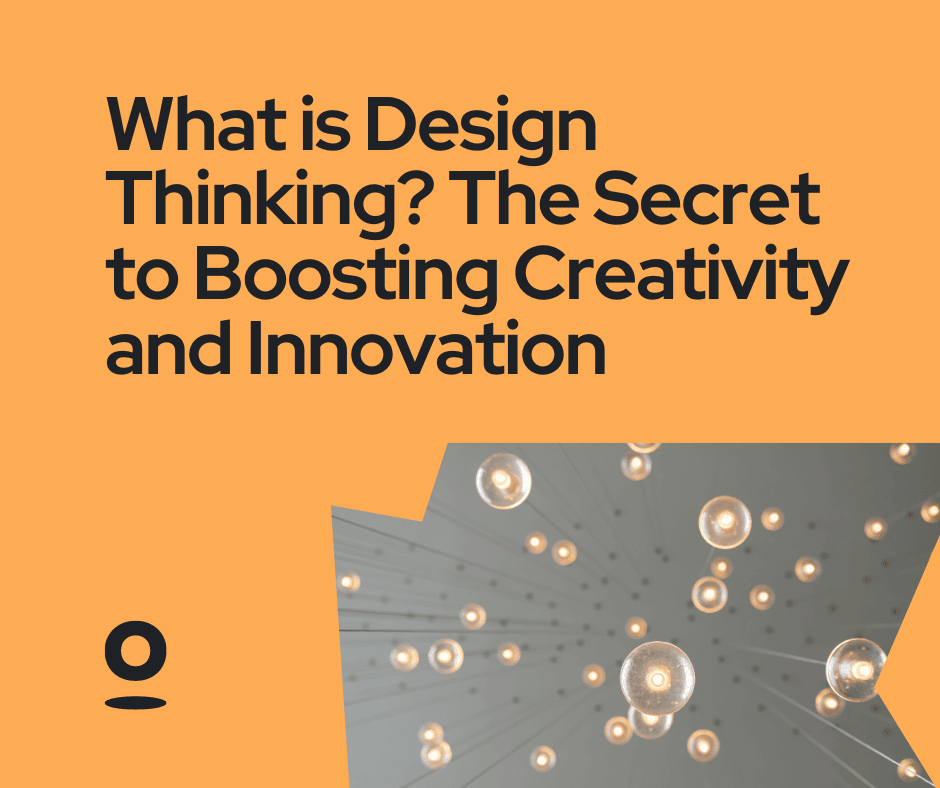Marketing vs. Branding: Key Differences and Their Unique Roles
- Sammara Woolrich
- Apr 23, 2023
- 6 min read
Imagine you're at a party, trying to make an unforgettable first impression. Your outfit and signature style (branding) catches someone's eye, while your witty banter (marketing) keeps them engaged. The perfect combination, right? That's exactly how branding and marketing work together in the world of business.
Read on, as we'll explore the difference between branding and marketing, how they relate, and how they interact. By the end of this ultimate guide, you'll have a clear understanding of the roles each plays and how you can harness their power to propel your business to new heights. So, grab a cup of coffee (or a glass of wine, we don't judge), sit back, and let's get to it!
I. Defining Branding and Marketing

Branding Definition: Your Business's Identity
Branding is the soul of a business, it's a multifaceted process that involves creating a unique identity and personality that connects with your audience and sets you apart from competitors. This is accomplished through a variety of visual elements such as a memorable logo, colors, type, and other branding assets.
But branding is not just about visuals; it's also about establishing an emotional connection with your audience. This connection is created by the gut feeling people have when they think of your business. For example, the warmth of a local coffee shop or the trustworthiness of a bank. By creating a powerful emotional bond, you can foster customer loyalty, and in turn, drive long-term success for your business.
Marketing Definition: The Art and Science of Selling Your Brand
If branding is the identity of your business, marketing is the megaphone that amplifies its voice. It involves understanding your audience, figuring out what they want, and giving it to them in a way that's engaging, compelling, and memorable. Ultimately, it's about crafting a message that resonates with your target market, using the right channels to reach them, and ultimately driving sales and revenue.
Marketing involves a wide range of activities, from traditional advertising and public relations to digital and social media marketing. The key is to find the right mix of strategies and tactics that resonate with your target audience, while staying true to your brand identity.
II. Unraveling the Connection: How Branding and Marketing Work Together

Branding and marketing work in unison to create a harmonious and powerful brand experience, each supporting and enhancing the other's performance. Let's delve into the intricate connection between branding and marketing, revealing how they support and amplify each other to drive your business's success.
A. How Branding Supports Marketing Efforts: The Importance of a Strong Brand Identity in Marketing Campaigns:
Imagine launching a marketing campaign with a weak brand identity – it would be like trying to sing with a sore throat. No matter how well you execute your marketing strategies, a lackluster brand will struggle to capture attention and resonate with your audience. A strong brand, on the other hand, serves as the foundation for all your marketing efforts.
It ensures a consistent message and tone across all touchpoints, making your campaigns more memorable and effective. With a solid brand identity, your marketing efforts will have the power to cut through the noise and leave a lasting impression on your audience.
B. How Marketing Amplifies Branding: The Role of Marketing in Increasing Brand Awareness and Visibility
While branding sets the stage, marketing takes the spotlight, showcasing your brand to the world. Through targeted marketing campaigns, you'll reach potential customers, pique their interest, and introduce them to your unique brand story.
The more your marketing efforts resonate with your audience, the more your brand's awareness and visibility will grow. By effectively executing your marketing strategies, you'll not only bring your brand to life but also foster strong connections with your audience, turning potential customers into loyal brand advocates.
III. Key Differences Between Branding and Marketing

As we've seen, branding and marketing are closely intertwined. However, they're not interchangeable – like apples and oranges, each has its distinct flavor and characteristics. Let's explore the key differences between the two, so you can better understand their unique roles in the world of business.
A. Goals and Objectives
Branding focuses on building a strong identity, fostering emotional connections, and creating long-term customer loyalty. Marketing, on the other hand, centers around promoting your products or services, generating leads, and driving sales.
B. Timeframe
Branding is a long-term commitment – it's about nurturing relationships with your audience and cultivating a consistent image over time. Marketing can be more immediate, with campaigns often designed to achieve specific short-term objectives, such as increasing sales for a particular product or boosting event attendance.
C. Target Audience Focus
While both branding and marketing revolve around engaging with your audience, their focus differs. Branding aims to create emotional connections with your entire audience, encompassing current customers, potential customers, and even competitors. Marketing targets a more specific segment, such as a particular demographic or geographic area, tailoring its efforts to appeal to that group.
D. Tactics and Strategies
Branding relies on establishing a clear vision, values, and personality, which are then reflected in visual elements (logo, color palette) and messaging. Marketing, however, employs a diverse array of tactics and strategies, such as advertising, content creation, and SEO, to promote your products or services and reach your target audience.
E. Metrics and Measurement
Branding and marketing also differ in how their success is measured. For branding, metrics may include brand recognition, brand sentiment, or customer loyalty. In marketing, success is often assessed through more tangible figures, like leads generated, conversion rates, or return on investment (ROI).
Understanding these key differences between branding and marketing will empower you to approach each with the right mindset and tools, ultimately creating a powerful and cohesive brand experience for your audience.
IV. Striking a Balance Between Branding & Marketing

Now that we've unraveled the dynamic duo of branding and marketing, it's time to learn how to strike the perfect balance between the two. By effectively integrating branding and marketing efforts, you'll create a captivating and impactful brand experience that fuels business success.
A. Integrating Branding and Marketing Efforts
To effectively combine branding and marketing, consistency is key. Ensure that your marketing efforts and campaigns align with your brand's values, voice, and visual identity. This creates a cohesive message that not only resonates with your target audience but also strengthens your brand's overall image. Additionally, involve both branding and marketing teams in the planning process, fostering cross-collaboration and a unified approach to reaching your business goals.
B. Case Studies: Brands that Nailed the Balance
Apple: Apple's minimalist design and innovative spirit are at the core of its branding. Their marketing efforts, from product launches to ad campaigns, consistently showcase these brand attributes, evoking a sense of elegance and cutting-edge technology. This harmony between branding and marketing has turned Apple into a globally recognized and beloved brand.
Nike: Nike's branding is centered around athletic performance and the empowering "Just Do It" mantra. Through inspirational marketing campaigns featuring athletes and everyday fitness enthusiasts, Nike effectively communicates its brand message while promoting its products, resulting in a brand experience that inspires and motivates consumers worldwide.
By striking the perfect balance between branding and marketing, you'll create a powerful brand experience that captivates your audience and drives business success. Just remember – like a graceful tightrope walker, it's all about finding that sweet spot between consistency and innovation.
The Takeaway: Branding and Marketing for a Thriving Business
Let's recap the key points we've explored together:
Defining Branding and Marketing: Branding is the soul of your business, creating a unique identity and emotional connection with your audience, while marketing is the megaphone that promotes your products or services to reach potential customers.
The Relationship Between Branding and Marketing: These two forces work hand-in-hand, with branding providing a strong foundation for marketing efforts and marketing amplifying your brand's awareness and visibility.
Key Differences: Branding and marketing differ in their goals, timeframe, target audience focus, tactics, and measurement methods, yet both play essential roles in your business's success.
Striking a Balance: By effectively integrating branding and marketing efforts, you'll create a powerful and cohesive brand experience that fuels business growth.
As we part ways, we leave you with an exercise: The next time you witness the interconection between branding and marketing, be it on a billboard, social media, or even in your local coffee shop, take a moment to appreciate the delicate balance that creates a captivating brand experience. About Hopley: Hopley creative studio is a creative studio that brings ideas into focus. Small and independent, we are based in Sydney, Australia and work with clients worldwide. Our services include branding, brand strategy, marketing, social media, packaging, print, digital and more!
Want to learn about our branding and design services? Visit our Website to learn more about our services and process. Or, if you are ready to start a project, Contact Us and let's bring your idea into focus.









Comments